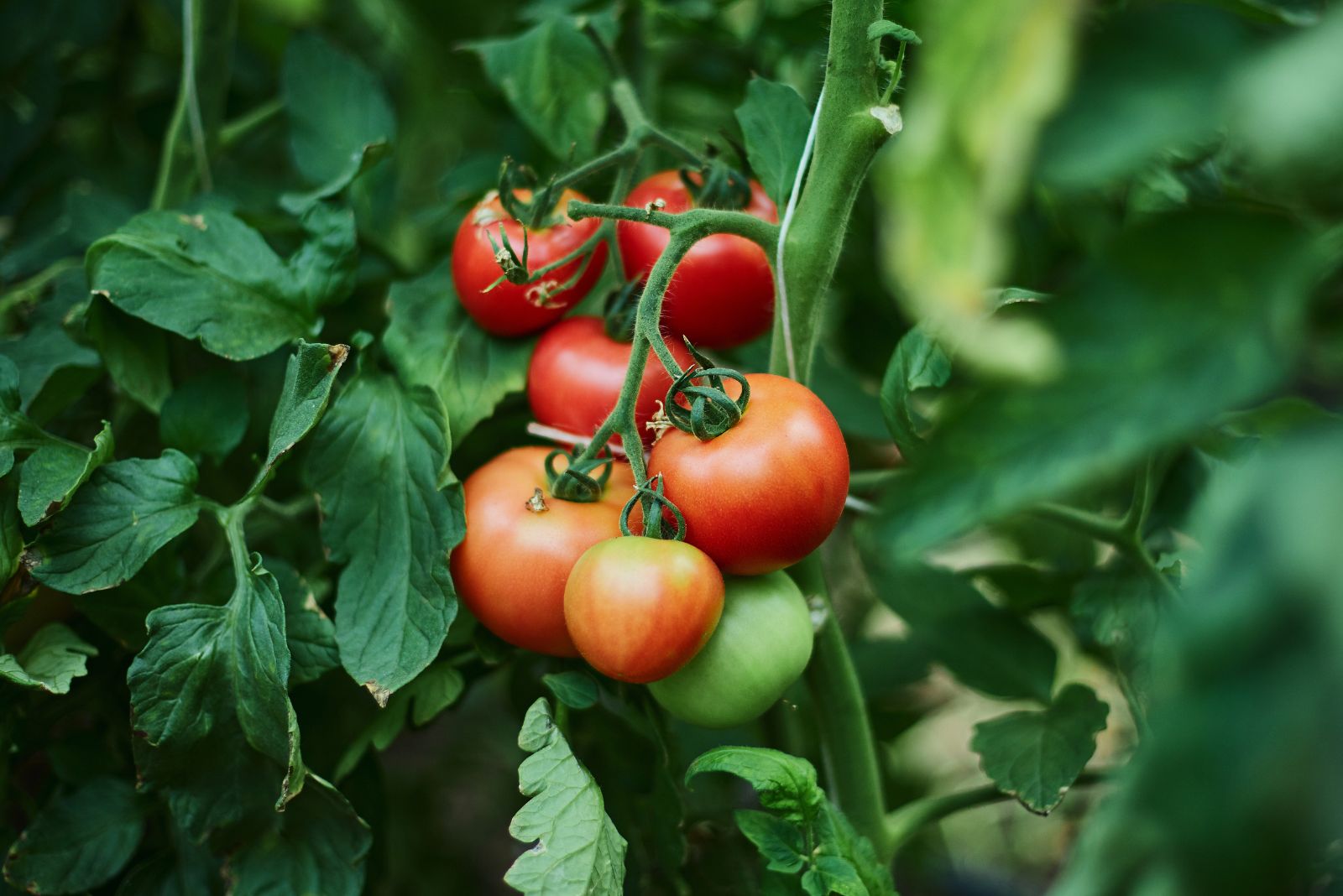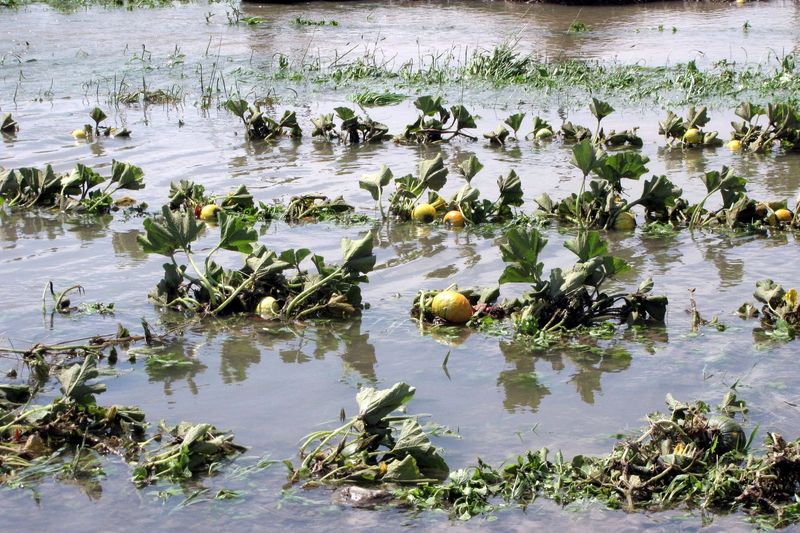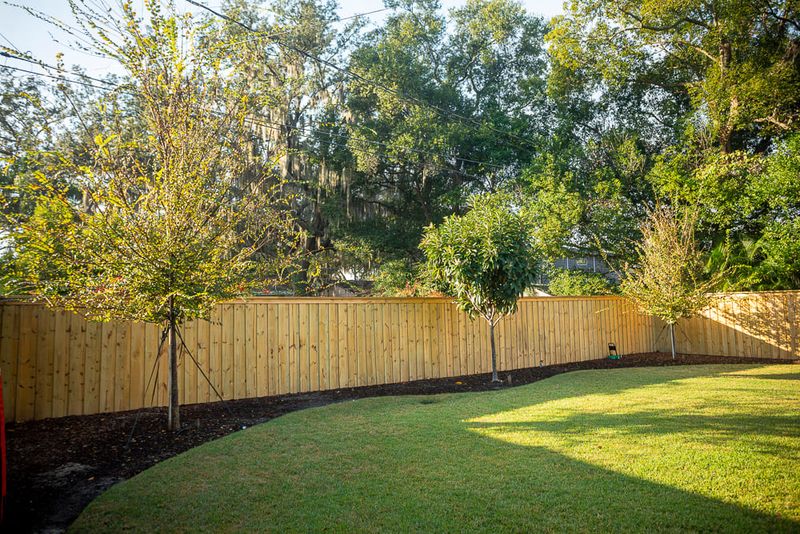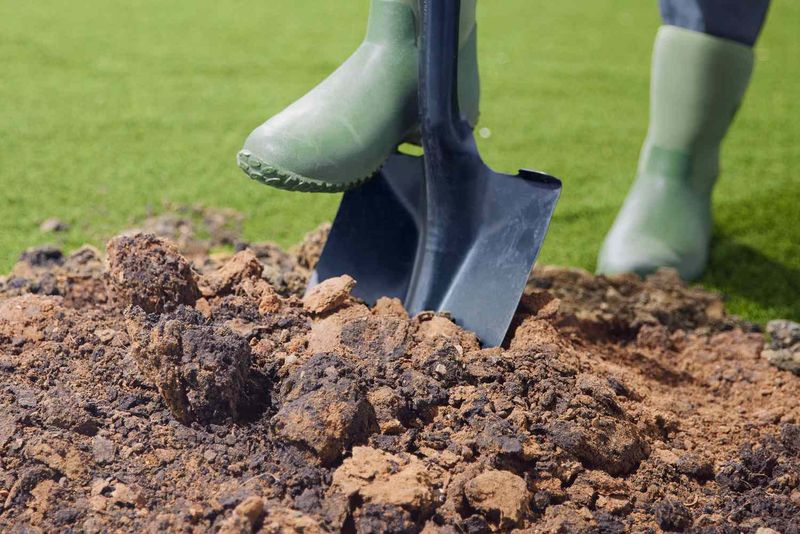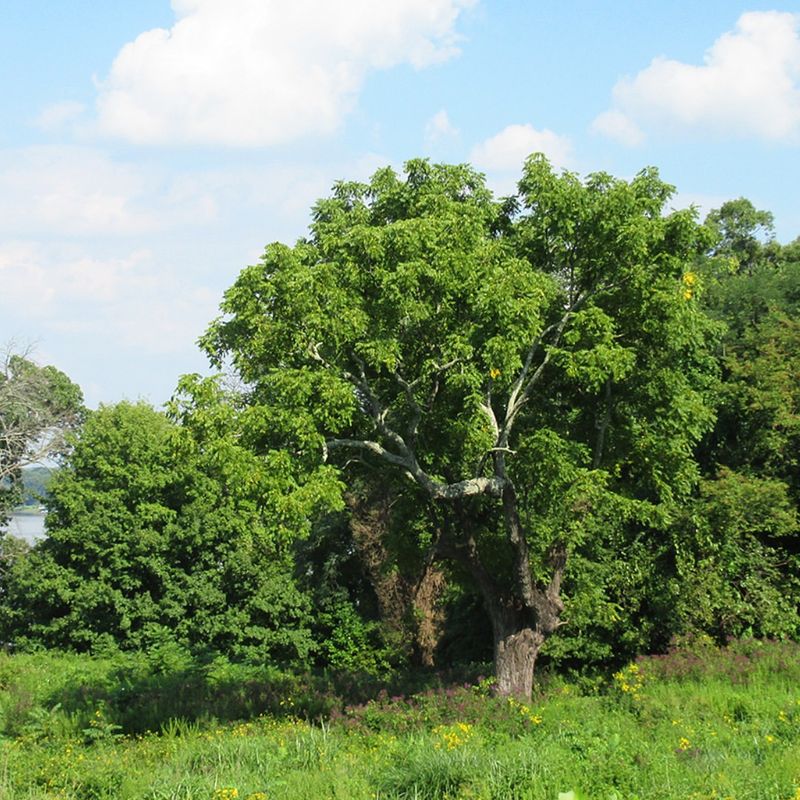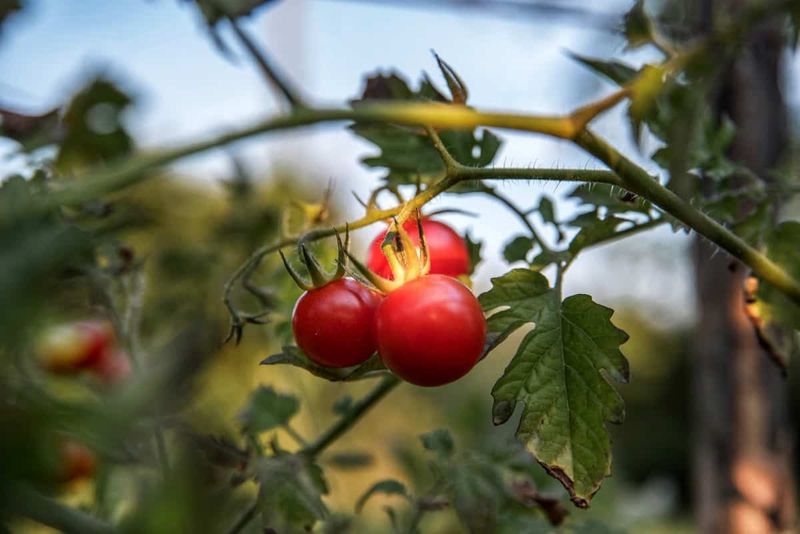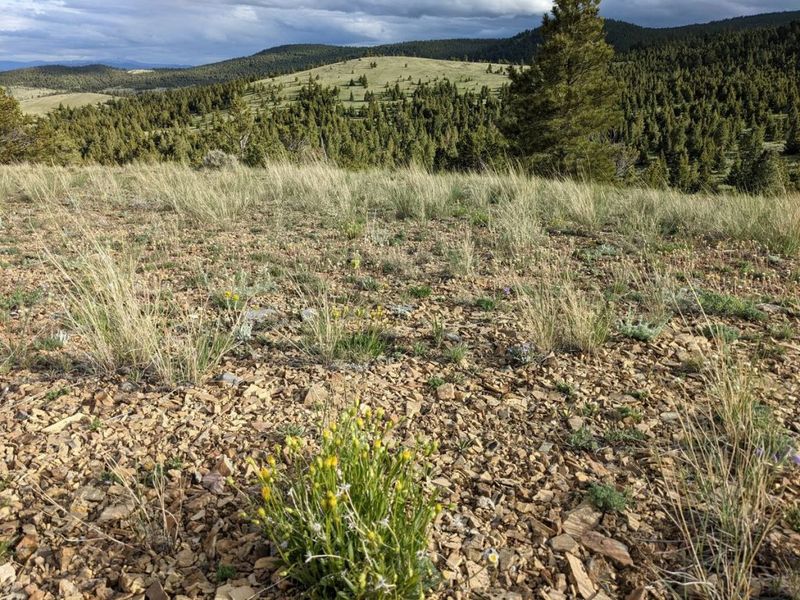Some tomato plants in Arkansas seem to take off without missing a beat, while others stall out the moment they hit the soil. The difference often comes down to location. A sunny yard can still hold pockets of trouble, from soil that stays too wet to corners that trap heat like an oven.
Many gardeners learn the hard way that one bad spot can undo weeks of care. Knowing which places hold tomatoes back can save a season before it even starts. With the right guidance, a simple shift in planting can turn a struggling crop into a steady producer.
1. Low-Lying Areas Prone To Flooding
Waterlogged soil spells disaster for tomato roots. When heavy Arkansas rains hit, low spots in your yard collect water that drowns plant roots and invites root rot diseases.
Tomatoes need oxygen around their roots to absorb nutrients properly. Standing water pushes out air pockets in the soil, suffocating the plant.
Pick elevated areas with natural drainage instead. Your tomatoes will develop stronger root systems and produce healthier fruit when their feet stay dry throughout the growing season.
2. Shaded Spots Under Large Trees
Tomatoes are sun worshippers that demand at least six to eight hours of direct sunlight daily. Planting beneath mature trees creates competition for both light and nutrients.
Tree roots extend far beyond the canopy, stealing water and fertilizer meant for your vegetables. The shade prevents proper fruit development and ripening.
Branch coverage also limits air circulation, creating humid conditions perfect for fungal diseases. Choose open spaces away from tree lines where sunshine reaches the ground all day long.
3. Against North-Facing Walls Or Fences
North-facing structures block precious southern sunlight that tomatoes desperately need. These spots remain cooler and shadier throughout the day, slowing plant growth considerably.
Without adequate warmth and light exposure, tomatoes struggle to flower and set fruit properly. The plants may grow tall and leggy while producing very few tomatoes.
South or west-facing locations capture maximum sunlight and heat, creating ideal conditions. Your plants will reward you with earlier harvests and more abundant yields when positioned correctly.
4. Heavy Clay Soil Without Amendment
Arkansas clay soil becomes rock-hard when dry and turns into sticky mud when wet. Tomato roots cannot penetrate this dense material to establish themselves properly.
Poor drainage in clay causes water to pool around roots, creating the perfect environment for diseases. Compacted soil also prevents oxygen from reaching the root zone.
Before planting, work in plenty of compost, aged manure, and organic matter to improve texture. Raised beds filled with quality soil offer an excellent alternative for clay-heavy yards.
5. Areas With Walnut Trees Nearby
Black walnut trees release a chemical called juglone that poisons tomatoes and many other vegetables. This natural toxin exists in the roots, leaves, and nuts, spreading through the soil.
Even if the tree sits thirty feet away, its root system extends far underground, contaminating planting areas. Affected tomato plants wilt suddenly despite adequate water and care.
Symptoms appear within days of planting, with leaves turning yellow and brown. Keep your tomato garden at least fifty feet from any walnut trees to ensure safety.
6. Spots Where Tomatoes Grew Last Year
Planting tomatoes in the same location year after year invites serious disease problems. Soil-borne pathogens like verticillium wilt and fusarium accumulate, attacking new plants immediately.
These diseases survive winter in the ground, waiting for fresh tomato roots to infect. Pests also build up populations when their favorite food source returns annually.
Rotate your tomatoes to different garden sections each season, waiting at least three years before returning. This simple practice dramatically reduces disease pressure and keeps plants healthier naturally.
7. Windy, Exposed Hilltops Or Open Fields
Constant wind batters tomato plants, breaking stems and damaging leaves throughout the growing season. Strong gusts also increase water loss through leaves, causing stress even with regular watering.
Exposed locations experience greater temperature swings between day and night, which tomatoes dislike. Wind interferes with pollination by preventing bees from working flowers effectively.
Staking and caging become more difficult when plants face relentless wind pressure. Select protected spots with natural windbreaks like buildings, hedges, or gentle slopes that shelter your garden beautifully.

